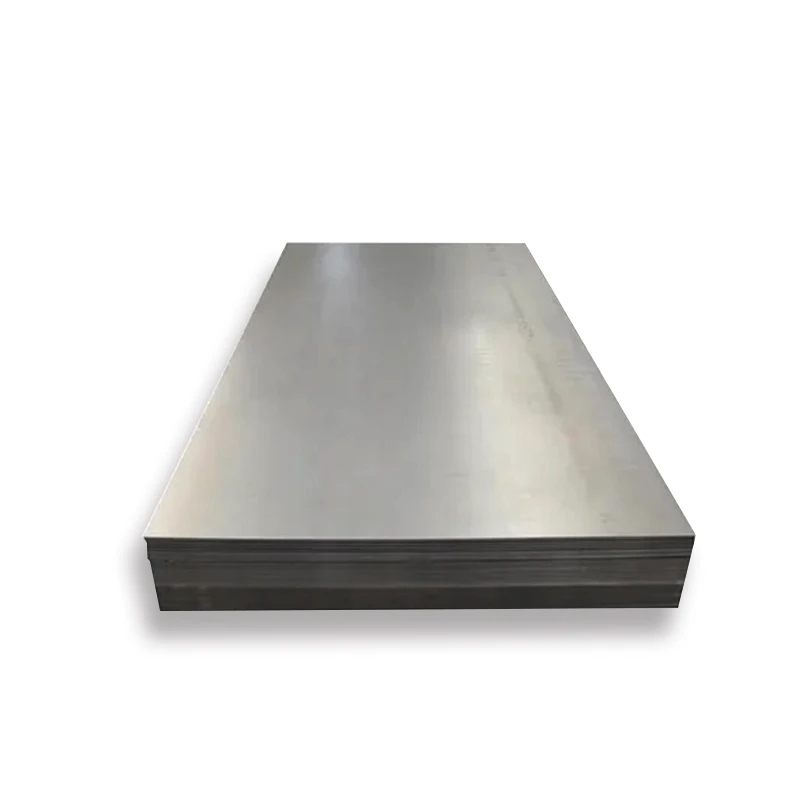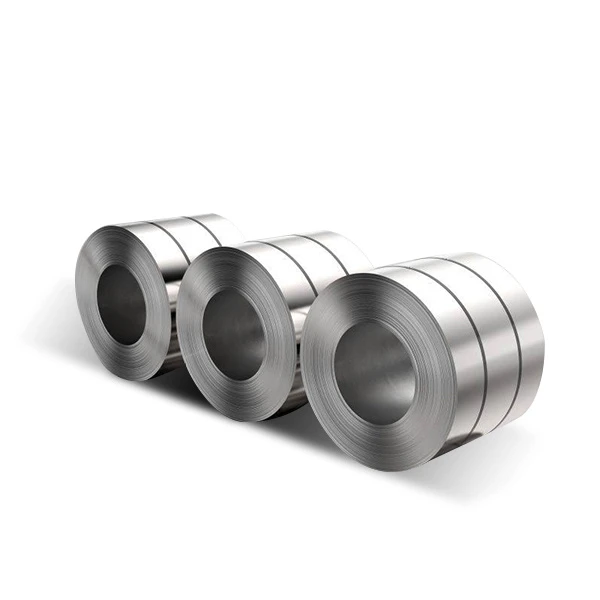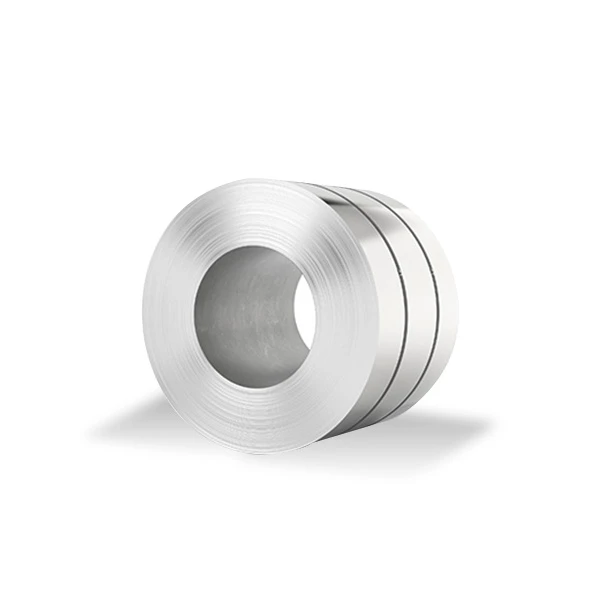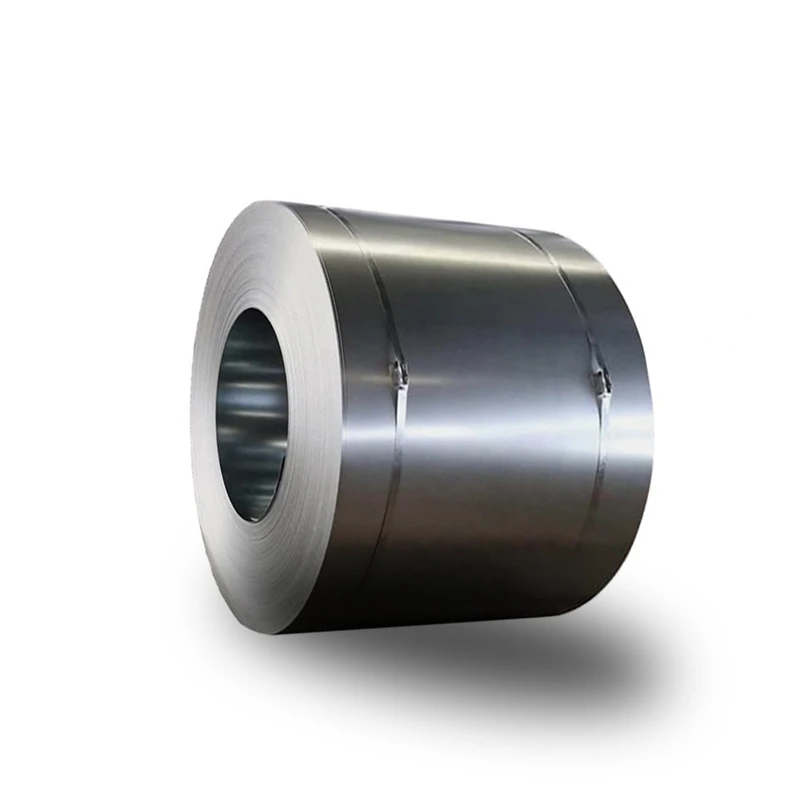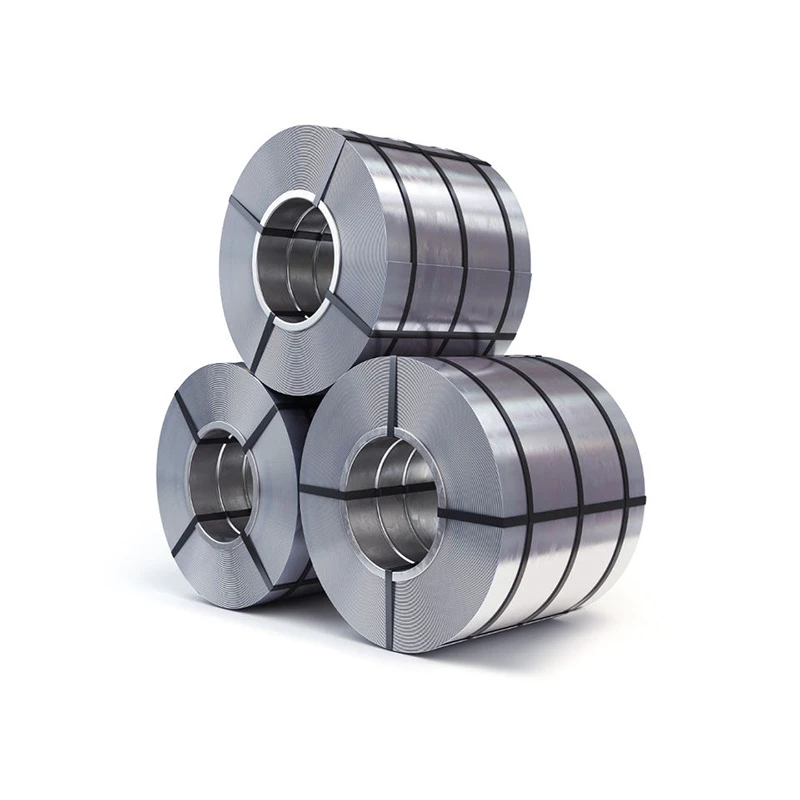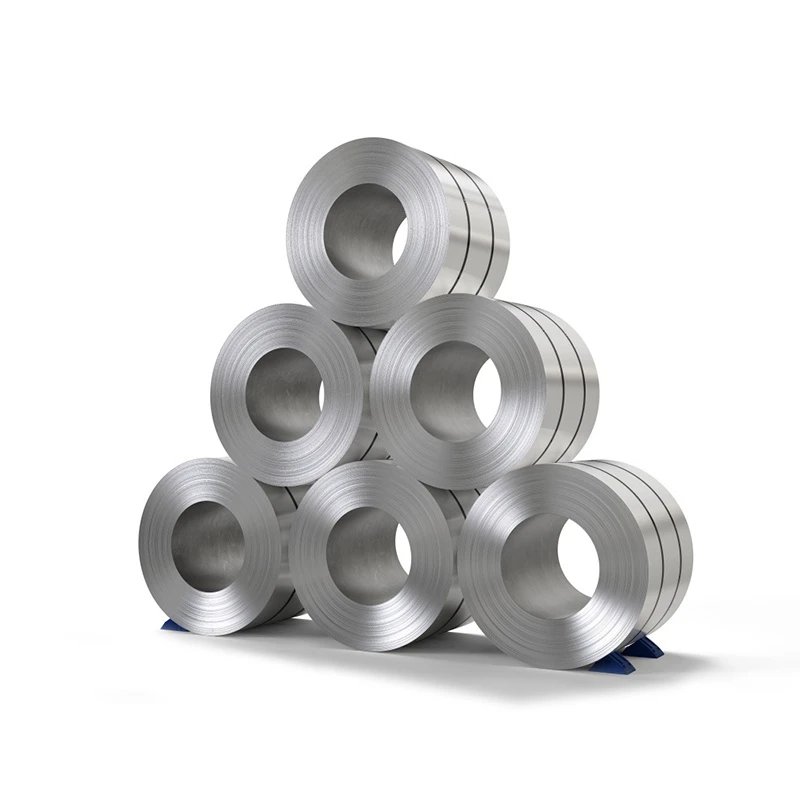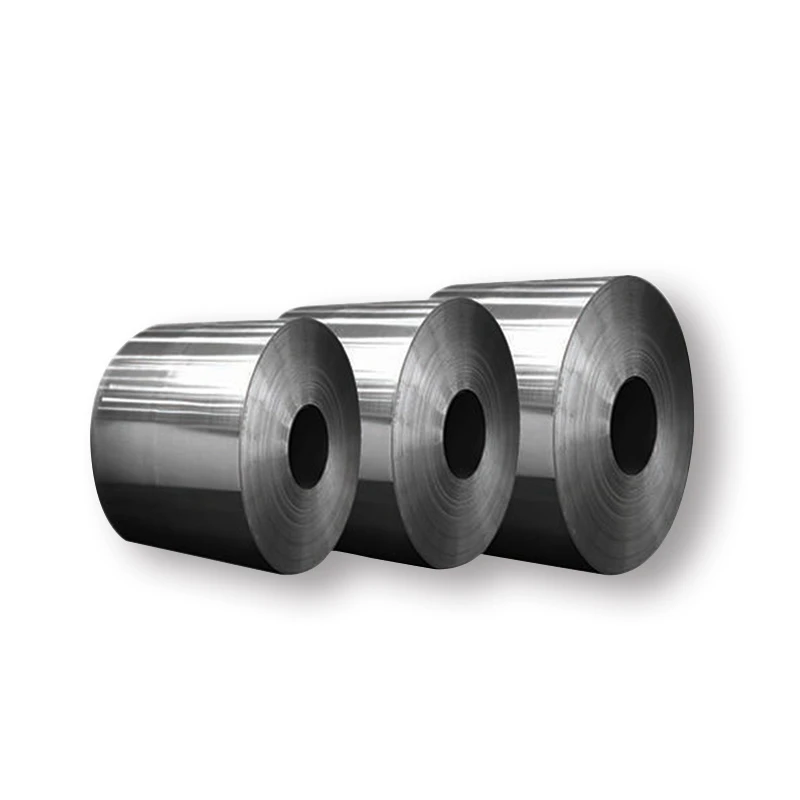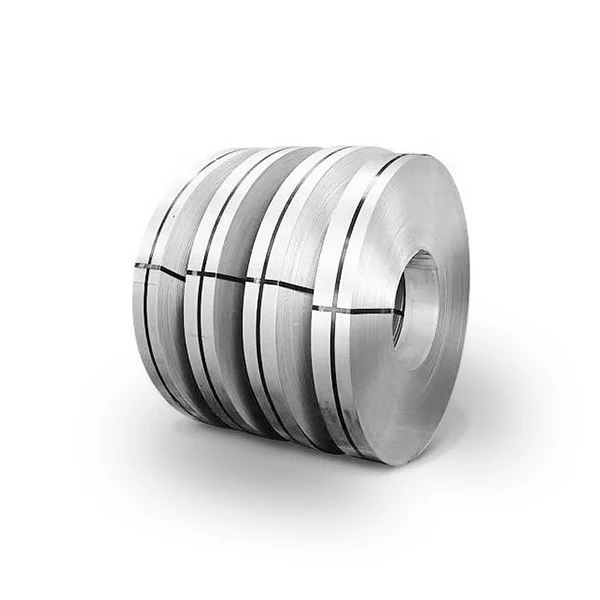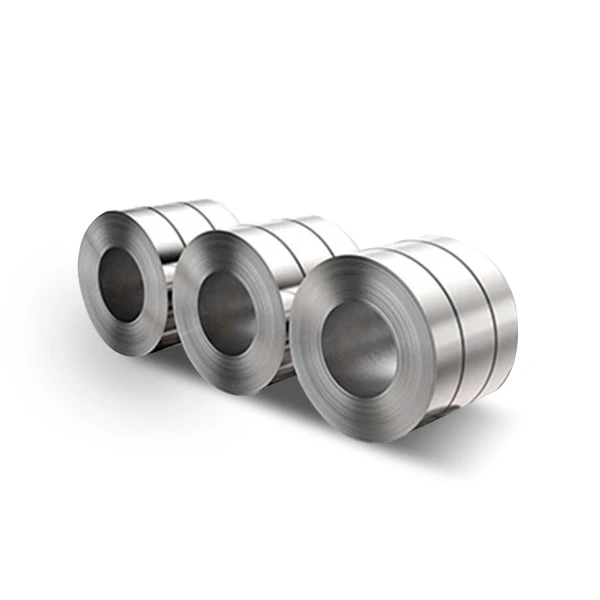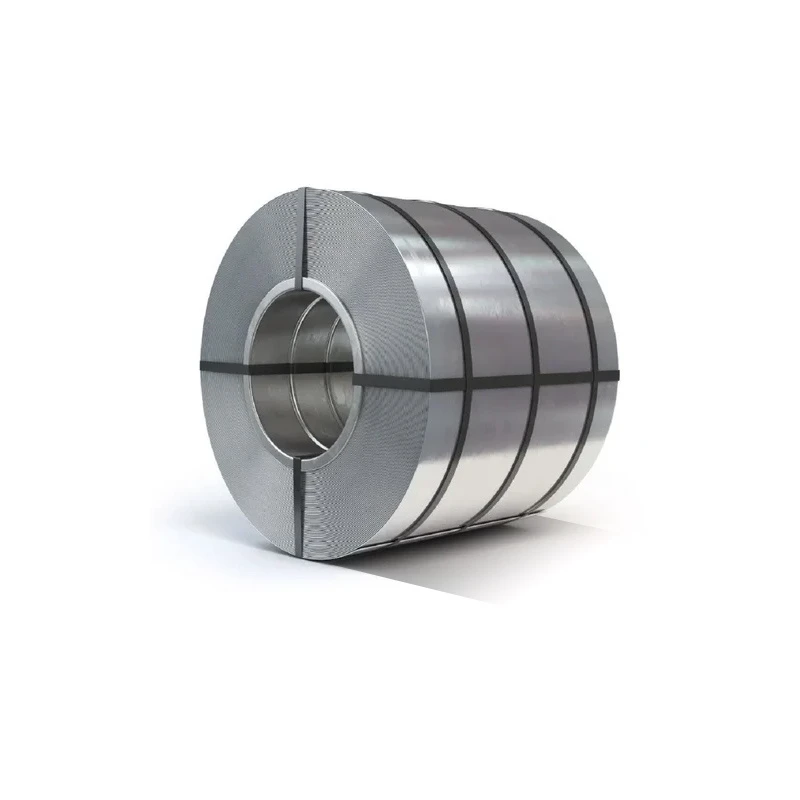
CATEGORIES
FEATURED PRODUCTS
310S Stainless Steel Plate
We offer this product and related grades with 100% factory direct pricing and free quotes available within 24 hours.
APPLICATION SCENARIOS

OUR ADVANTAGE

Certificate of Honor

PARTNER

Our Factory

What is 310S Stainless Steel? 310S Stainless Steel (UNS S31008) is a low-carbon version of 310 stainless steel, primarily developed for applications requiring superior high-temperature resistance to oxidation, scaling, and hot corrosion. It is an austenitic chromium-nickel stainless steel, characterized by its high chromium (24-26%) and nickel (19-22%) content. This rich alloy composition makes it highly stable at elevated temperatures, performing effectively in continuous service up to 1150°C (2100°F). The “S” in 310S signifies its lower carbon content, which minimizes carbide precipitation during welding and high-temperature exposure, thereby enhancing its weldability and resistance to sensitization and embrittlement in service.
Unmatched Performance: Properties of 310S Stainless Steel
We recognize that for high-temperature applications, material integrity is paramount. Our ASTM 310S Stainless Steel Plate is designed to deliver consistent, reliable performance under extreme conditions.
Superior High-Temperature Resistance
The defining feature of 310S is its outstanding performance at elevated temperatures.
- Oxidation Resistance: Its high chromium and nickel content form a stable, adherent oxide layer that provides excellent resistance to oxidation and scaling, even in continuous high-temperature service up to 1150°C (2100°F).
- Carburization Resistance: It shows good resistance to carburization, which is the absorption of carbon at high temperatures, a common issue in petrochemical environments.
- Sulfidation Resistance: 310S also exhibits good resistance to sulfidation, making it suitable for environments containing sulfur.
- Thermal Cycling: It handles thermal cycling well, resisting spalling of the oxide layer, which is crucial for applications involving fluctuating temperatures.
Good Corrosion Resistance
While primarily known for its heat resistance, 310S also offers good general aqueous corrosion resistance, comparable to 304 stainless steel.
- It performs well in mildly corrosive environments and is more resistant to general corrosion than many other alloys designed solely for high temperatures.
- However, it is generally not recommended for severe corrosive liquid service, particularly in chloride-rich environments, where grades like 316 or 904L would be more appropriate for aqueous corrosion.
Mechanical Properties
310S possesses good mechanical properties at both ambient and elevated temperatures.
- Strength at High Temperatures: It maintains a good level of strength and creep resistance at high temperatures, which is critical for structural integrity in furnace components and heat exchangers.
- Ductility and Formability: As an austenitic stainless steel, 310S is ductile and can be readily formed and fabricated.
- Toughness: It exhibits excellent toughness, even down to cryogenic temperatures, making it versatile for both ends of the temperature spectrum.
- Weldability: The lower carbon content of 310S significantly improves its weldability compared to standard 310, reducing the risk of sensitization and intergranular corrosion in the heat-affected zone. It can be welded using common fusion welding methods with appropriate filler metals (e.g., AWS ER310).
Detailed Specifications: Dimensions and Parameters
We offer our ASTM 310S Stainless Steel Plate in a range of standard dimensions, designed to meet the demands of high-temperature applications. Custom sizes and finishes are available upon request.
| Parameter | Standard Range |
| Thickness | 3mm – 100mm (0.118 in – 3.937 in) |
| Width | 1000mm – 2500mm (39.37 in – 98.43 in) |
| Length | 2000mm – 6000mm (78.74 in – 236.22 in) |
| Surface Finish | No.1 (Hot Rolled, Annealed, Pickled), 2B, BA |
| Edge Condition | Mill Edge, Slit Edge |
| Standard | ASTM A240/A240M, ASME SA240, EN 10028-7 |
Please note: Specific dimensions may vary based on manufacturing capabilities and market demand. For precise information on current stock and custom orders, please contact our sales team.
Chemical Composition of 310S Stainless Steel
The carefully balanced chemical composition of 310S is what underpins its exceptional high-temperature properties. We ensure our plates adhere strictly to ASTM standards.
| Element | Weight Percentage (%) |
| Carbon (C) | ≤0.08 |
| Silicon (Si) | ≤1.50 |
| Manganese (Mn) | ≤2.00 |
| Phosphorus (P) | ≤0.045 |
| Sulfur (S) | ≤0.030 |
| Chromium (Cr) | 24.0 – 26.0 |
| Nickel (Ni) | 19.0 – 22.0 |
| Nitrogen (N) | ≤0.11 |
The lower carbon content distinguishes 310S from standard 310, offering improved weldability and reduced risk of sensitization at elevated temperatures.
310S Stainless Steel vs. Other Stainless Steel Grades: A Comparative Look
Understanding where 310S fits among other common stainless steel grades is crucial for informed material selection, especially when considering high-temperature applications.
| Feature | 310S | 304 | 316 | 301 | 904L |
| Primary Advantage | Excellent High-Temperature Resistance | General Purpose, Good Formability | Enhanced Aqueous Corrosion (Chlorides) | High Strength (Work-Hardened) | Superior Aqueous Corrosion (Strong Acids, SCC) |
| Max. Continuous Temp. | ≈1150∘C(2100∘F) | ≈870∘C(1600∘F) | ≈870∘C(1600∘F) | ≈840∘C(1550∘F) | ≈400∘C(750∘F) |
| Cr Content | High (24-26%) | Moderate (18-20%) | Moderate (16-18%) | Moderate (16-18%) | High (19-23%) |
| Ni Content | High (19-22%) | Moderate (8-12%) | Moderate (10-14%) | Lower (6-8%) | Very High (23-28%) |
| Mo Content | None | None | Yes (2-3%) | None | High (4-5%) |
| Cu Content | None | None | None | None | Yes (1-2%) |
| Aqueous Corrosion Resist. | Good (comparable to 304, not for severe chlorides) | Good | Excellent (pitting, crevice in chlorides) | Good (similar to 304, lower in aggressive chlorides) | Superior (strong acids, pitting, SCC) |
| Cost | High | Low | Moderate | Moderate | Very High |
| Weldability | Good (low carbon enhances it) | Excellent | Good (316L preferred for heavy welding) | Good (susceptible to sensitization if not heat treated) | Good (requires specific filler and care) |
310S fills a critical niche for applications demanding high-temperature performance where standard stainless steels would fail due to oxidation, scaling, or loss of strength. Its higher alloy content distinguishes it from common grades like 304 and 316.
Industries and Applications for 310S Stainless Steel
The remarkable high-temperature capabilities of our ASTM 310S Stainless Steel Plate make it an essential material in industries where extreme heat is a constant factor.
| Industry | Typical Applications |
| Heat Treatment | Furnace parts (linings, muffles, retorts, conveyor belts, burners, radiant tubes), heat treatment baskets and jigs, annealing covers |
| Power Generation | Boiler components, flue gas desulfurization (FGD) systems, coal gasifier internals, steam boilers, tube hangers |
| Petrochemical & Oil Refining | Flare tips, refinery equipment, recuperators, catalytic converters, components in moderately carburizing atmospheres, steam cracking furnaces |
| Industrial Furnaces | Kilns, incinerators, cement plants (burner shields, feeding systems), refractory anchor bolts |
| Glass & Ceramics | Glass molds, radiant tubes, ceramic kiln components |
| Food Processing | Equipment exposed to high temperatures, particularly for baking and roasting |
| Cryogenic Applications | Due to its toughness and low magnetic permeability at cryogenic temperatures |
Global Price Comparison: ASTM 310S Stainless Steel Plate
The price of ASTM 310S Stainless Steel Plate is significantly influenced by the cost of its high chromium and nickel content, global demand for high-temperature alloys, and specialized production processes. As a high-alloy, specialty stainless steel, it is naturally more expensive than common grades like 304 or 316. The figures provided below are illustrative and subject to global market fluctuations. For the most accurate and up-to-date pricing, please reach out to our sales team.
| Region / Factor | Price Range (USD per Metric Ton) – Illustrative | Notes |
| Asia | $5,000 – $9,000 | Generally competitive due to large production capacities; may vary with specific suppliers and volumes. |
| Europe | $6,500 – $10,000 | High-quality manufacturers, often with slightly higher prices reflecting advanced production and quality standards. |
| North America | $7,000 – $11,000 | Prices influenced by domestic supply, demand, and specific alloy surcharges for nickel and chromium. |
| Raw Material Cost (Ni, Cr) | Very High Impact | As key alloying elements, their market prices are the primary driver of 310S cost fluctuations. |
| Order Volume | Discounts for Bulk | Larger orders typically receive more favorable pricing per unit. |
| Thickness & Finish | Varies | Thicker plates or specific finishes (e.g., polished) can command a premium due to processing costs. |
Disclaimer: These are approximate price ranges and should not be considered as definitive quotes. For precise pricing and lead times, please contact our sales department.
Frequently Asked Questions (FAQs)
We’ve compiled answers to some common questions about our ASTM 310S Stainless Steel Plate to provide quick clarity.
Q1: What is the main advantage of 310S over standard 310 stainless steel?
A1: The main advantage of 310S over standard 310 is its lower carbon content. This significantly reduces the risk of sensitization (carbide precipitation) during welding and prolonged high-temperature exposure. This makes 310S more suitable for applications where welding is involved or where the material will operate in the sensitization temperature range for extended periods, as it retains better corrosion resistance and ductility after thermal cycles.
Q2: Can 310S stainless steel be used in cryogenic applications?
A2: Yes, despite its primary use in high-temperature applications, 310S stainless steel exhibits excellent toughness and low magnetic permeability even at cryogenic temperatures. This dual capability makes it a versatile material suitable for a range of temperature extremes, from extremely hot furnace environments to super-cold cryogenic equipment.
Q3: How does 310S resist oxidation at high temperatures?
A3: 310S’s exceptional oxidation resistance comes from its high content of chromium (24-26%) and nickel (19-22%). When exposed to high temperatures, these elements react with oxygen to form a very stable, adherent oxide layer (primarily chromium oxide). This protective layer acts as a barrier, preventing further oxidation of the underlying metal and resisting spalling or flaking, even during thermal cycling.
Q4: Is 310S suitable for highly corrosive liquid environments?
A4: While 310S offers good general corrosion resistance in mild environments and excellent resistance at high temperatures, it is generally not the primary choice for highly corrosive liquid environments, especially those containing chlorides (like seawater). For such applications, stainless steels with molybdenum, such as 316 or 904L, offer superior resistance to pitting and crevice corrosion. 310S’s strengths lie in its high-temperature performance, not aggressive aqueous corrosion.
Q5: What are the best welding methods for 310S stainless steel?
A5: 310S stainless steel has good weldability and can be readily welded using common fusion welding processes like TIG (GTAW), MIG (GMAW), and Shielded Metal Arc Welding (SMAW). It’s important to use appropriate filler metals that match the composition of 310S (e.g., AWS ER310) to maintain its properties. The low carbon content of 310S minimizes sensitization, generally eliminating the need for post-weld annealing, making it easier to weld than standard 310 for many applications.







